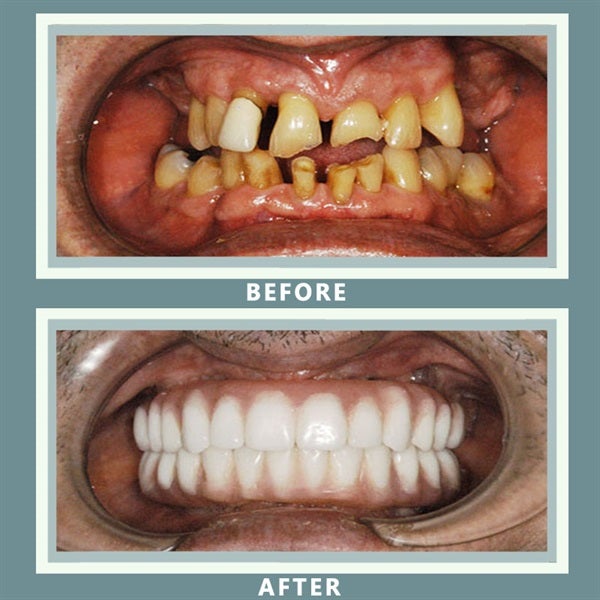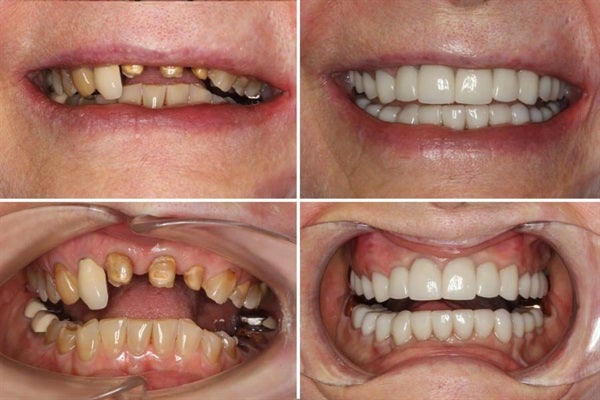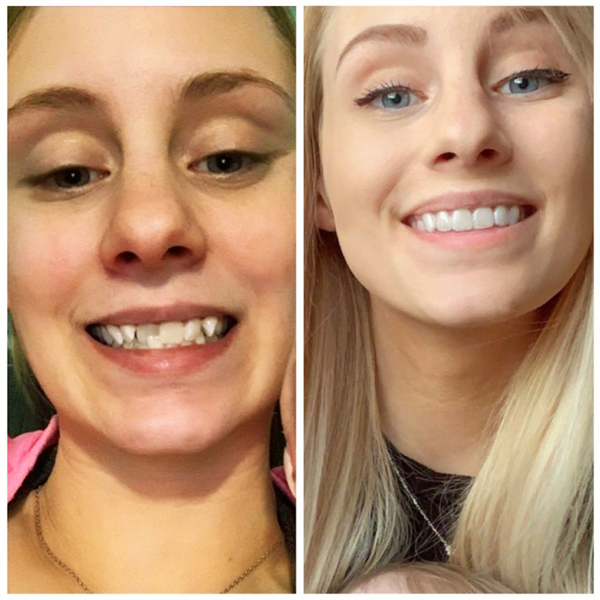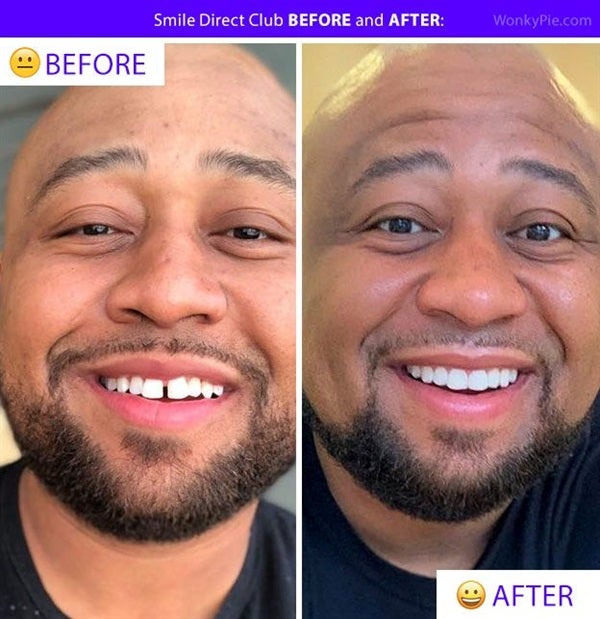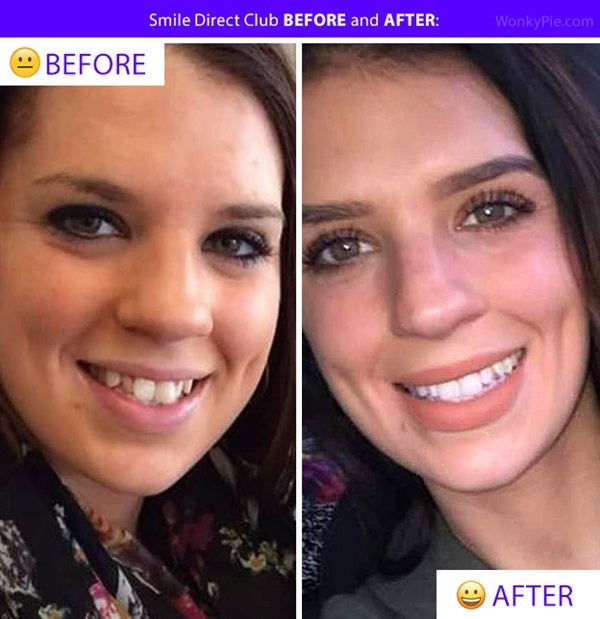How to Make Content That Actually Increases Your SEO
In the digital age, where most patients begin their search for healthcare services online, the importance of Search Engine Optimization (SEO) for dental practices cannot be overstated. SEO is the strategic process of enhancing your dental website’s visibility in search engine results, a crucial factor in attracting more patients. While there’s no magic formula, the principles of SEO are more straightforward than many realize.
Understanding SEO Fundamentals
At its core, SEO is about making your website more visible, relevant, and popular in search engine rankings. It’s a combination of technical optimization, high-quality content, and building your site’s link popularity. These elements work together to boost your website’s chances of appearing higher in search results, thereby increasing your online visibility and drawing more potential patients.
The Vital Role of Informative Content
Content is king in the realm of SEO. A major shortcoming in many dental websites is the lack of comprehensive content, especially regarding specific dental services. For instance, a brief, generic explanation of dental implants isn’t enough. Patients researching such procedures have a plethora of questions, and your website should be the go-to resource for answers.
When creating content, it’s not just about listing the services you offer. Instead, delve into each topic. For dental implants, cover aspects such as the types of implants, the procedure process, recovery and care, benefits and risks, and even patient testimonials. This approach not only informs potential patients but also significantly boosts your site’s SEO by making it a rich source of relevant information.
The Importance of Keywords in Dental SEO
Keywords form the essential foundation of successful SEO strategies. These critical terms and phrases are what potential patients type into search engines when looking for dental services. For your dental website to be visible in these searches, targeting these keywords effectively is imperative.
Understanding keyword difficulty is a key aspect of SEO. This concept gauges the level of challenge involved in ranking for specific keywords. Utilizing tools such as Ahrefs, you can gain valuable insights into keyword difficulty, aiding in the careful selection of the most appropriate keywords for your content.
Longtail keywords, which are more detailed and specific phrases, present a strategic advantage. They are generally easier to rank for and typically yield higher conversion rates. For instance, rather than aiming for the broad and highly competitive keyword “dental implants”, targeting a more specific longtail keyword like “dental implants recovery time” can draw in a more focused audience.
Conducting thorough keyword research is a cornerstone of any SEO plan. This crucial step involves pinpointing the exact keywords and phrases your target audience is using in their searches. Tools such as Google Keyword Planner and SEMrush offer significant insights, helping you identify the most relevant keywords for dental services and thus shaping a more effective SEO strategy.
Utilizing AnswerThePublic for Patient-Centric Questions
AnswerThePublic.com is an excellent resource for uncovering the questions patients are asking about dental services. By inputting a keyword like “dental implants” the tool generates a list of related questions. This can guide your content strategy, ensuring you address the specific concerns and queries of potential patients.
Implementing SEO Strategies in Your Dental Website
Integrating the right keywords into your dental website is a pivotal step in SEO. It’s more than just adding keywords; it involves optimizing the site’s structure to be mobile-friendly and creating content that’s both informative and engaging, with a natural integration of your targeted keywords. On-page SEO is an essential aspect, focusing on optimizing each web page to enhance its search engine ranking. This includes fine-tuning title tags, meta descriptions, and headers, and ensuring the content is well-organized and valuable to visitors.
Off-page SEO is equally crucial, extending beyond your website to build backlinks from credible sources. This can include being featured in dental directories, guest posting on dental blogs, or collaborating with influencers in the dental sector. These efforts help in building your website’s authority and enhancing its visibility in search results.
In today’s digital era, multimedia content is key to engaging potential patients. This includes employing images, infographics, and particularly videos. Videos can demystify complex dental procedures, making your website more engaging and informative. They are also increasingly important in SEO, helping to answer common patient questions and showcasing patient testimonials. This not only engages viewers but also indicates to search engines that your site is a valuable resource.
It’s important to remember that SEO is a long-term strategy. Immediate results might be uncommon, but consistent application of these strategies often leads to an increase in website traffic and patient appointments over time. By staying committed to these methods and adapting to new trends, dental practices can significantly improve their online presence and establish themselves as trusted authorities in the dental field.
Conclusion
In conclusion, mastering SEO is essential for dental practices aiming to increase their online visibility and attract more patients. By understanding the fundamentals of SEO, focusing on informative content, effectively using keywords, and engaging with multimedia content, your dental practice can significantly improve its online presence. While SEO requires time and effort, the long-term benefits are clear: a stronger online presence, more patient inquiries, and growth in your patient base.

